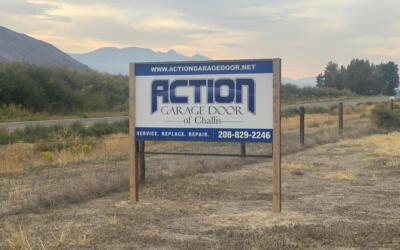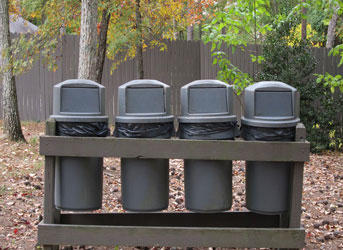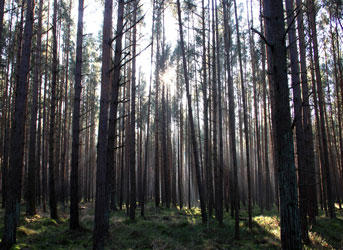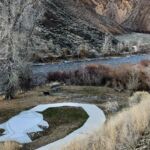RockHounding
Most rockhounds are familiar with the many fossil deposits scattered across the Western United States. Central Idaho has some of the most diverse and fascinating geology in the Northwest. Malm Gulch and Spar Canyon hold petrified wood formations of solidified giant sequoia trees engulfed by volcanic ash years ago.
Geology enthusiasts will find our area rich in minerals such as jasper, chalcedony, calcite, silver, and many types of quartz. There are also countless instances of gemstones as well such as amethyst, opal, azurite, garnet and malachite. The Challis volcanic rocks, which form multi-colored rock layers around the area have andesite, dacite and basalt flows. These cover most of south-central Idaho.
The mining history in our area is extensive and the foundation of many local towns. This provides residents and tourists plentiful locations to pan for gold in areas such as the Salmon River, Yankee Fork and Loon Creek. Copper, silver, lead and zinc minerals are also found throughout most of the region. While metal detectors are not allowed for rockhounding, as per local agencies, local mining and geology information can be found at the local museum as well as the state park in Challis.
Besides having challenging climbing opportunities, Mt Borah is also abundant with many fossil specimens and rock formations as well. These include graptolites, invertebrates, and mollusks. Though some minerals present such as gold, silver, and rare earth-related elements including thorium, uranium, beryllium, and zirconium are in quantities too small to be mined. Please check with local agencies on rockhounding in certain areas before venturing out, as some lands may be restricted or limited for preservation of historic and purposes.












